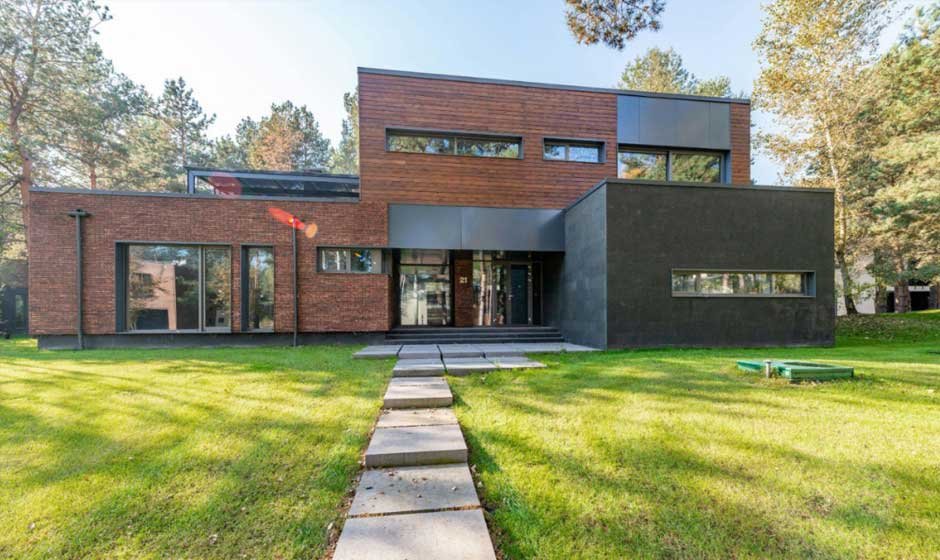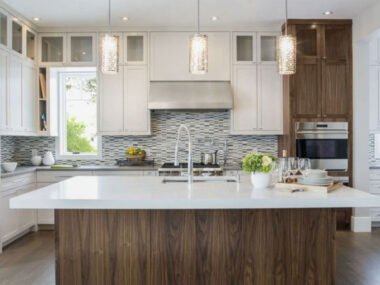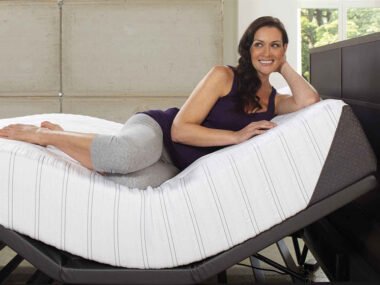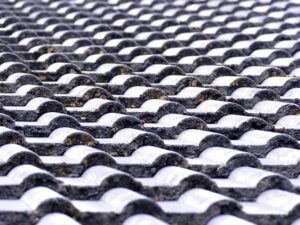Outdoor living spaces are no longer just a luxury. They’ve become a key feature that adds comfort and lifestyle appeal while also increasing a home’s market value. A well-designed outdoor area offers a relaxing environment for unwinding, hosting guests, or enjoying a quiet morning coffee.
Beyond lifestyle benefits, thoughtful outdoor upgrades can enhance your home’s overall appeal and price. In today’s competitive real estate market, a functional and attractive backyard can give your property an edge.
If you’re planning to enhance your backyard, this guide covers essential design choices that improve daily enjoyment and contribute to long-term property value.
Understand Your Space and Its Potential
Before making design decisions or buying furniture, take time to evaluate the layout and characteristics of your outdoor space. Factors like yard shape, size, slope, sunlight, and natural elements all affect how your design will come together. A wide-open lawn might call for multiple zones, while a narrow or uneven area may benefit from more intentional structuring.
Defining how the space will be used is equally important. Whether the goal is to entertain, relax, or simply enjoy the outdoors, each function requires thoughtful planning. A space designed for versatility tends to be more appealing to future buyers while still suiting your lifestyle now.
Once you’ve mapped out how you want the space to function, the next step is choosing the right foundation to support that vision. Patios and walkways form the backbone of most outdoor layouts, and the materials you choose can affect everything from durability to design flexibility. Concrete remains one of the most practical options—not just because it’s affordable, but also because it adapts well to different layouts and styles.
Bringing that vision to life often requires more than DIY instincts. Partnering with a concrete patio contractor ensures that your layout is properly executed, leveled, and finished to match both your functional goals and aesthetic preferences. With expert input, you avoid costly mistakes and end up with a space that looks polished and adds long-term value to your home.
Create Functional Zones
One of the best ways to make your outdoor space feel organized and useful is by dividing it into different zones. Just like in your home, having defined areas outside can help everything feel more structured and inviting.
A dining area is usually a great place to start. Even a small table with a few chairs under a tree or umbrella can create a perfect spot for family meals or weekend brunches. Make sure it’s placed somewhere with enough space to move around and easy access to your kitchen or indoor dining room.
Next, consider a lounge zone. This could be a simple setup with cushioned chairs and a coffee table, or something more involved like an outdoor sectional. Adding extras like a fire pit or string lights can make it cozy and encourage people to hang out longer in the evenings.
If you enjoy cooking outdoors, a separate cooking area is a great addition. This can be as basic as a grill on the patio or as detailed as a full outdoor kitchen with counter space and a mini fridge. When placed near the dining space, it makes entertaining more seamless.
For families, a small play area or open grassy patch can be a huge plus. If you enjoy gardening, a separate zone for raised beds or container plants adds beauty and functionality.
Using rugs, planters, and different ground textures—like decking, gravel, or concrete—can help visually define each zone without the need for walls or fences. This not only improves flow but also gives the entire space a more thoughtful and complete look.
Consider Seasonal Use and Climate Adaptability
To get the most out of your outdoor space, try to make it usable all year long. That means thinking ahead about weather changes and how to deal with them.
In colder areas, you can add features like portable heaters, fire tables, or heat lamps to keep things warm during fall and early spring. In warmer places, ceiling fans, umbrellas, or misting systems help keep things cool.
Choosing weatherproof furniture is key. It should handle rain, heat, or cold without breaking down. If you live somewhere with snow, it helps to pick furniture that’s easy to cover or store during the winter.
Making your space comfortable in every season means you’ll actually use it more—and buyers will see it as a true extension of the home.
Keep It Cohesive with Your Home’s Design
A well-designed outdoor area should feel like it belongs to the rest of your home. When the inside and outside match in style, colors, and materials, it creates a smoother flow and makes both spaces feel more complete.
Start by looking at the style of your house. If your home has a modern look, go with clean lines and neutral colors in your outdoor setup. For a more traditional home, you can use wood elements, classic furniture, and warm tones.
Try to connect indoor and outdoor areas with wide doorways or similar flooring. For example, if your living room has hardwood floors, consider decking in a similar color for the patio. This helps the two spaces blend together more naturally.
Consistency in design not only looks better—it also gives the impression that the outdoor space was part of the home’s original plan, not just added later.
Budget Wisely with ROI in Mind
You don’t need to spend a fortune to create a space that adds value. The key is knowing where to put your money. Some features have a better return on investment than others.
Outdoor kitchens, decks, patios, and lighting systems tend to offer the best bang for your buck. Try to avoid highly personalized or unusual features that may not appeal to the average buyer.
If your budget is tight, work in phases. Start with the basics—a seating area, a few plants, and good lighting. Then, you can add extras like a fire pit or built-in grill later. Planning ahead helps keep costs down while still letting you improve over time.
A great outdoor living space isn’t just a nice perk—it’s something that can truly raise the value of your home. By taking the time to plan carefully, use quality materials, and focus on comfort and function, you can create a backyard that works for your lifestyle today and appeals to buyers down the road.
Even small updates can make a big difference. So whether you’re building from scratch or upgrading what you already have, the right choices will pay off in more ways than one. Now’s a great time to get started.










